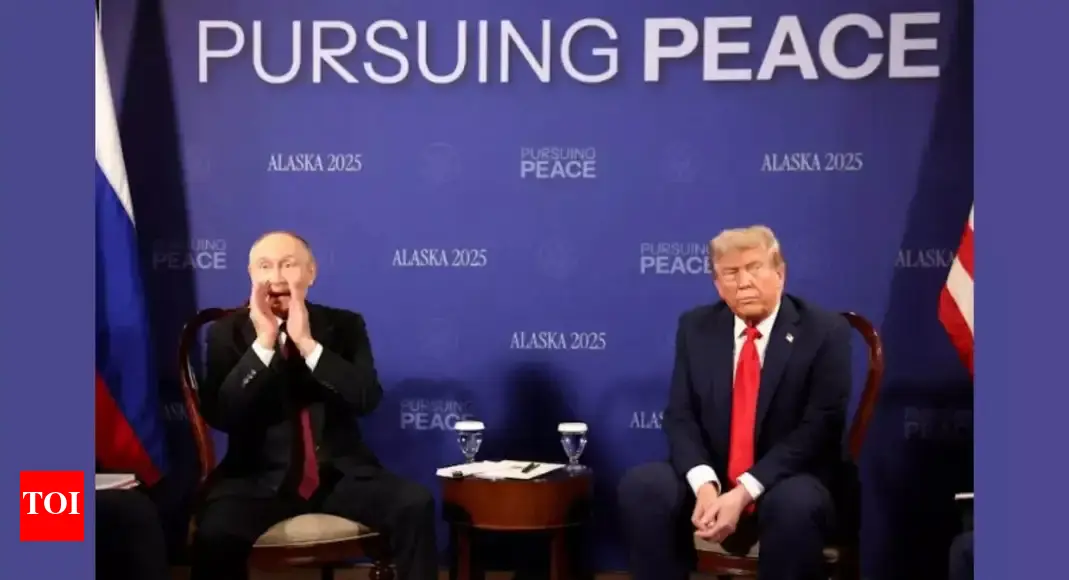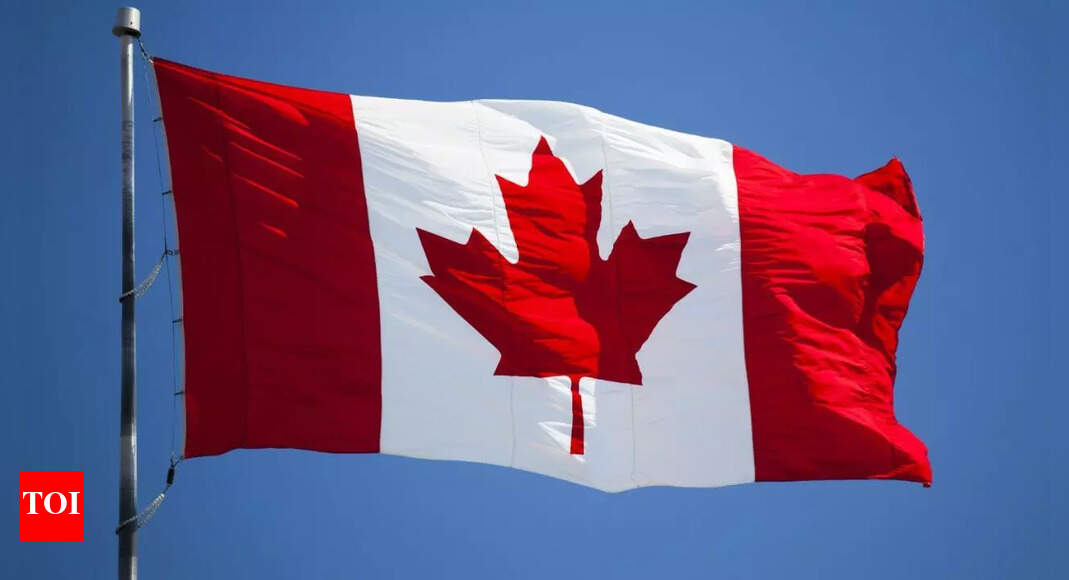India and Pakistan both claimed victory on Sunday after agreeing to a truce in a rapidly escalating conflict that was sparked by a deadly terrorist attack on the Indian side of Kashmir last month, raising concerns that the two nuclear powers could end up in all-out war.
India, blaming the April 22 attack on Pakistan’s history of sheltering terrorist groups, launched airstrikes across the border, with Pakistan responding in kind. The clashes quickly escalated, with both countries hitting deeper into each other’s territory than at any time in the last 50 years.
On Saturday, President Trump announced that the two sides had agreed to a cease-fire with the help of American mediators and, as the first full day of the fragile truce appeared to hold on Sunday, congratulated them for halting the aggression. While the damage will take weeks and months to tally, especially in a space of media blackouts and extreme disinformation, here is what we know about how the clashes played out.
The First Shots
In its opening round of airstrikes, before dawn on Wednesday, India struck targets deeper inside the enemy territory than it had in decades, and by all accounts hit close enough to facilities associated with terrorist groups that it could claim victory.
It quickly became clear, though, that it had not been a clean strike but more of a protracted engagement between the two air forces — each side’s jets going at the other, with the boundary between them as a line that neither crossed. And India lost aircraft in the exchanges, including at least two of its most advanced fighter jets. Indian officials have declined to comment on the details of their aircraft loss, but have not rejected reports that they lost jets.




